Wednesday, June 17, 2020 AN AIRFIELD ON STATEN ISLAND

WEDNESDAY, JUNE 17, 2020
The
81st Edition
From Our Archives
FIVE BOROUGHS IN FIVE DAYS


The Abandoned Miller Air Field on
Staten Island
Courtesy of UNTAPPED CITIES

In New Dorp, Staten Island, on the southeastern waterfront of the borough is a decommissioned airfield used for half a century by the U.S. Army from 1919 to 1969. Part of the Gateway National Recreation Area today, Miller Field is one of those remaining anomalies: where formal activities co-exist side by side with quasi-accessible remnants of the past.
Bicycle and pedestrian paths wind around abandoned hangars, a lighthouse, and a control tower. You can get tantalizingly close to the forgotten structures, despite a chain link fence. Graffiti work inside clearly shows the ease in which explorers can jump the barriers. Grass and weeds are growing around the hangars, while geese and ducks are bathing undisturbed in the makeshift urban ponds where seaplanes once taxied. And incredibly, on the northern area of the site, people are still living in adorable clapboard homes built for military personnel and their families.

Miller Field has the distinction of being the only Air Coast Defense station in New York City, and on the entire eastern seaboard. There were seven planned defense stations, but this was the only one actually constructed. Before its decommission, Miller Field was the last airport in New York City to have a grass runway. The land also has a very New York City, Gilded Age past. The airfield was built atop the family farm amassed by “Commodore” Cornelius Vanderbilt, who was born on the north shore of Staten Island.
The farm, which also served as a horse breeding station, was later operated by his son George Washington Vanderbilt who built the Biltmore estate in Asheville, North Carolina. Washington Vanderbilt moved the 24-room home built by his father, dubbed the “white house” to the center of the farm in the early 1900s and lived there periodically until he died in 1914, according to the National Park Service. In 1919, the U.S. government acquired the 187 acres of land for Miller Field from the Vanderbilts for $100,000 — a sum that would be nearly $1.5 million in 2018 dollars. It was named for Captain James E. Miller, the very first American aviator killed in action during World War I. Nearly a century after his death, Miller was awarded the Distinguished Flying Cross in 2017 for his brave actions fighting off two German aircraft solo over France.
In 1921, Miller Field was ready for operation, accommodating both land and sea planes with a “concrete seaplane ramp, two grass runways, two landplane hangers, two seaplane hangers,…and three 85 foot radio masts,” as itemized on the National Park Service’s detailed history of the site. However, several of the original Vanderbilt buildings actually remained on site well into the 1930s, including the “white house” which was used as Officer’s Club, along with a stable complex, a dairy house, and an ice house/bull pen. Later, during World War II, observation towers and coastal guns were added, with the airfield becoming under the jurisdiction of Fort Wadsworth.
A later archeological study found fragments of Spanish tile from the roofs of the Vanderbilt buildings and provides significant detail about the location of the Vanderbilt buildings in reference to the airfield structures. A former barrier that still remains, looking out onto the sports field Many military units have used Miller Field, including the Green Berets, New York National Guard, Army Reserve, Civil Air Patrol, and an Antiaircraft Artillery Battalion. One of the more historical moments at Miller Field was the testing of Admiral Byrd’s new plane, the Ford Trimotor, which he took on his first expedition to Antarctica in 1928 — an adventure chronicled in Untapped Cities writer Laurie Gwen Shapiro’s book The Stowaway: A Young Man’s Extraordinary Adventure to Antarctica. And on a more morbid note, Miller Field is where the TWA Super Constellation plane crashed after colliding with a United Airlines DC-8, which would make its way all the way to Brooklyn where it landed in Park Slope at the intersection of Sterling Place and 7th Avenue. There were no survivors from the TWA plane, and only one in Park Slope, a little boy who died a day later.
Miller Field also included housing for troops and their families, built in classic American-style architecture — clapboard houses painted in white with green window frames. Set along a curved road lined with lampposts, the homes still evoke ideals of the American Dream. Curiously, the collection of a dozen or so homes remain part of the National Park Service site and are still inhabited. As Matt Green noted in his quest to walk every street in New York City, he was told by a resident there that the houses are only for National Park Service employees and certain other federal workers and their families. The park’s bicycle and walking paths go right by them. Miller Field is a beautiful spot to visit on Staten Island. Head up beyond the sand dunes along the waterfront and catch a nice hidden beach.
In 1919, the U.S. government acquired the 187 acres of land for Miller Field from the Vanderbilts for $100,000 — a sum that would be nearly $1.5 million in 2018 dollars. It was named for Captain James E. Miller, the very first American aviator killed in action during World War I. Nearly a century after his death, Miller was awarded the Distinguished Flying Cross in 2017 for his brave actions fighting off two German aircraft solo over France.
Miller Field also included housing for troops and their families, built in classic American-style architecture — clapboard houses painted in white with green window frames. Set along a curved road lined with lampposts, the homes still evoke ideals of the American Dream. Curiously, the collection of a dozen or so homes remain part of the National Park Service site and are still inhabited. As Matt Green noted in his quest to walk every street in New York City, he was told by a resident there that the houses are only for National Park Service employees and certain other federal workers and their families. The park’s bicycle and walking paths go right by them.
WEDNESDAY’S PHOTO OF THE DAY



What is this and where is it located
E-mail jbird134@aol.com
Win a trinket from Kiosk
TUESDAY’S PHOTO OF THE DAY
Vent tubes from Rivercross

EDITORIAL
TIME TO EXPLORE THE OUTER BOROS. LET’S HEAD OFF ON AN ADVENTURE AND REMEMBER THE JOYS OF SUMMER AND LEAVING OUR HOMES.
JUDITH BERDY
jbird134@aol.com
All image are copyrighted (c)
Roosevelt Island Historical Society
unless otherwise indicated
TEXT FROM THE NEW ENGLAND HISTORICAL SOCIETY
FUNDING PROVIDED BY ROOSEVELT ISLAND OPERATING CORPORATION PUBLIC PURPORE GRANTS
CITY COUNCIL REPRESENTATIVE BEN KALLOS DISCRETIONARY FUNDING THRU DYCD


Copyright © 2020 Roosevelt Island Historical Society, All rights reserved.Our mailing address is:
rooseveltislandhistory@gmail.com

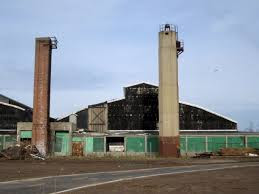
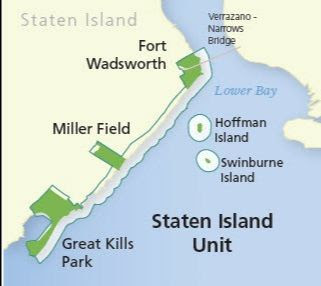
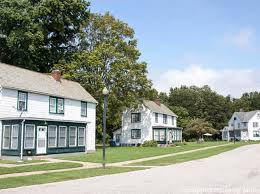
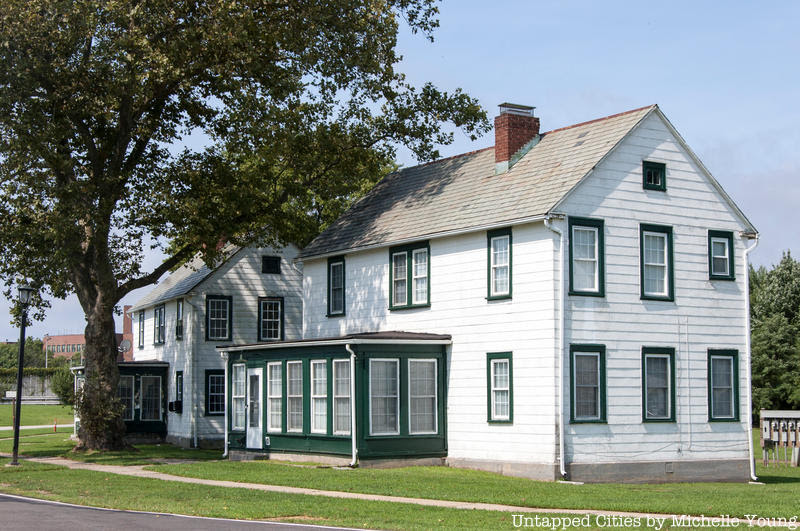
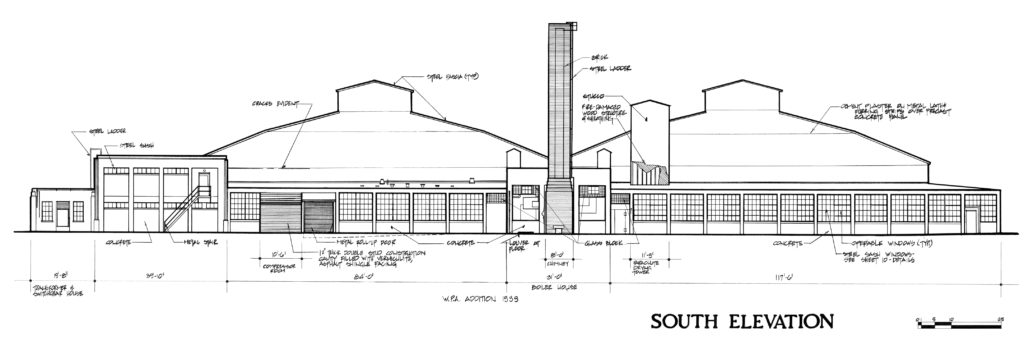
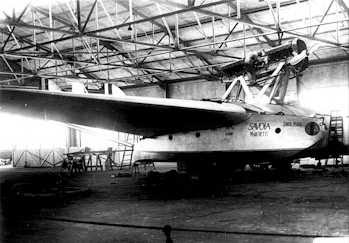
Leave a comment